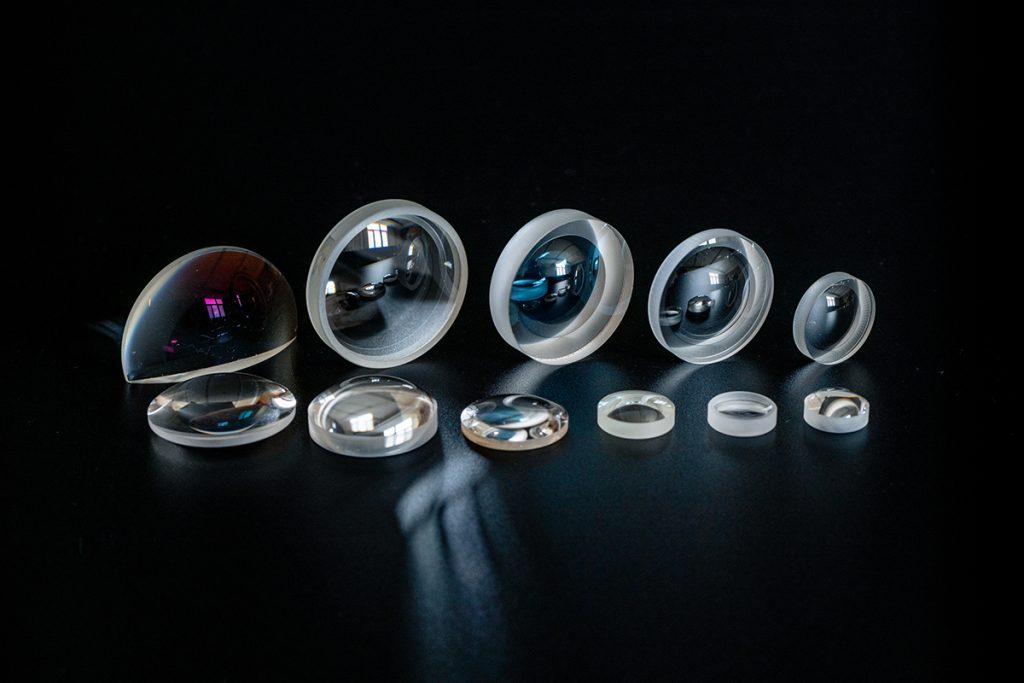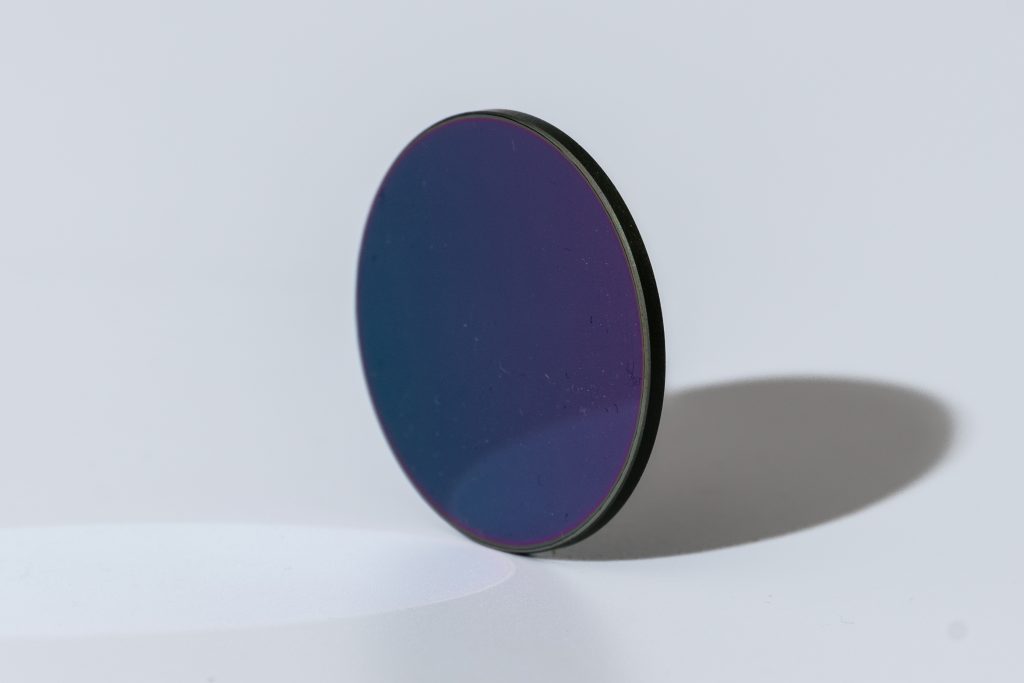Ⅰ Differences Between Optical Glass and Ordinary Glass
Optical glass refers to glass that can change the direction of light propagation and alter the relative spectral distribution of ultraviolet, visible, or infrared light.

Narrowly defined, optical glass refers to colorless optical glass; broadly defined, it also includes colored optical glass, laser glass, quartz optical glass, radiation-resistant glass, ultraviolet-infrared optical glass, fiber optic glass, acousto-optic glass, magneto-optic glass, and photochromic glass.
Optical glass can be used to manufacture lenses, prisms, reflectors, windows, etc., in optical instruments. Components made of optical glass are critical elements in optical instruments.
It is an inorganic glass material that transmits light through refraction, reflection, or absorption, altering the intensity or spectral distribution of light. It possesses stable optical properties and high optical uniformity.
Ⅱ Six Major Categories of Optical Glass and Their Applications
(1) Colorless Optical Glass
Requires specific optical constants, with high transparency in the visible region and no selective absorption coloring. Classified into crown and flint glasses based on Abbe number, each type is further divided into several kinds based on refractive index, arranged in order of refractive index, mostly used for lenses, prisms, reflectors, etc., in telescopes, microscopes, cameras, etc.
(2) Radiation-resistant Optical Glass
Has significant absorption capacity for high-energy radiation, including high lead glass and CaO-B2O2 system glass. The former prevents gamma rays and X-rays, while the latter absorbs slow and thermal neutrons, primarily used in nuclear and medical fields as shielding and viewing window materials.
(3) Radiation-tolerant Optical Glass
Shows minimal changes in visible light transmittance under certain gamma and X-ray radiation. It shares the same varieties and grades as colorless optical glass, used for manufacturing optical instruments and viewing windows under high-energy radiation.
(4) Colored Optical Glass

Also known as filter glass. Exhibits selective absorption and transmission properties for specific wavelengths in the ultraviolet, visible, and infrared regions. Classified into three types based on spectral characteristics: selective absorption, cut-off, and neutral gray; and three types based on coloring mechanisms: ion coloring, metal colloid coloring, and sulfur-selenium compound coloring. Mainly used in filter manufacturing.
(5) Ultraviolet and Infrared Optical Glass

Has specific optical constants and high transmittance in the ultraviolet or infrared wavelength bands, used for ultraviolet, and infrared optical instruments, or as window materials.
(6) Quartz Optical Glass
Mainly composed of silica, characterized by high-temperature resistance, low expansion coefficient, high mechanical strength, and good chemical properties. Used to manufacture prisms, lenses, windows, reflectors, etc., with special requirements for various wavelength transmissions. Additionally, there are glass substrates for large-scale integrated circuit manufacturing, liquid crystal display panels, image optical disc base thin glass; magneto-optic glass where the polarization plane rotates when light passes through the glass along the magnetic lines; acousto-optic glass where light undergoes diffraction, reflection, convergence, or frequency shift when transmitting ultrasound in a certain direction.